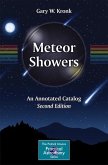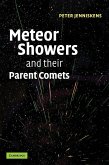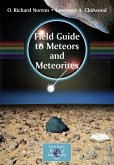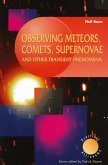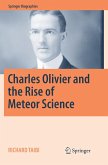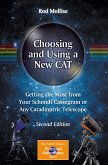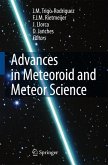This atlas contains everything you need to know about meteor showers and how to observe them. It begins with the science behind these celestial fireworks, then equips you with all the practical knowledge you'll need to make the most of these wonderful astronomical events.
The book is rich with illustrations, graphs and resources to assist your hobby. In addition, it includes downloadable radiant charts, report sheets, radiant altitude data, plotting charts and more, to help you locate each shower, record its activity and plot individual meteors during your nights of observation.
Intended for amateurs of all levels and requiring no special equipment, this accessible Atlas of Meteor Showers will hone your skills and keep you engaged throughout the year, no matter where you are in the world.
Hinweis: Dieser Artikel kann nur an eine deutsche Lieferadresse ausgeliefert werden.
The book is rich with illustrations, graphs and resources to assist your hobby. In addition, it includes downloadable radiant charts, report sheets, radiant altitude data, plotting charts and more, to help you locate each shower, record its activity and plot individual meteors during your nights of observation.
Intended for amateurs of all levels and requiring no special equipment, this accessible Atlas of Meteor Showers will hone your skills and keep you engaged throughout the year, no matter where you are in the world.
Hinweis: Dieser Artikel kann nur an eine deutsche Lieferadresse ausgeliefert werden.
"The book seems clearly aimed at the interested and knowledgeable amateur who can navigate their way around a star chart and knows how magnitudes are defined. On the other hand, perhaps puzzlingly, it also has very basic advice about wrapping up warm when observing at night. ... this is a welcome guide for those keen to spot these beautiful evanescent objects and learn more about them." (Pippa Goldschmidt, BBC Sky at night magazine, January, 2022)


